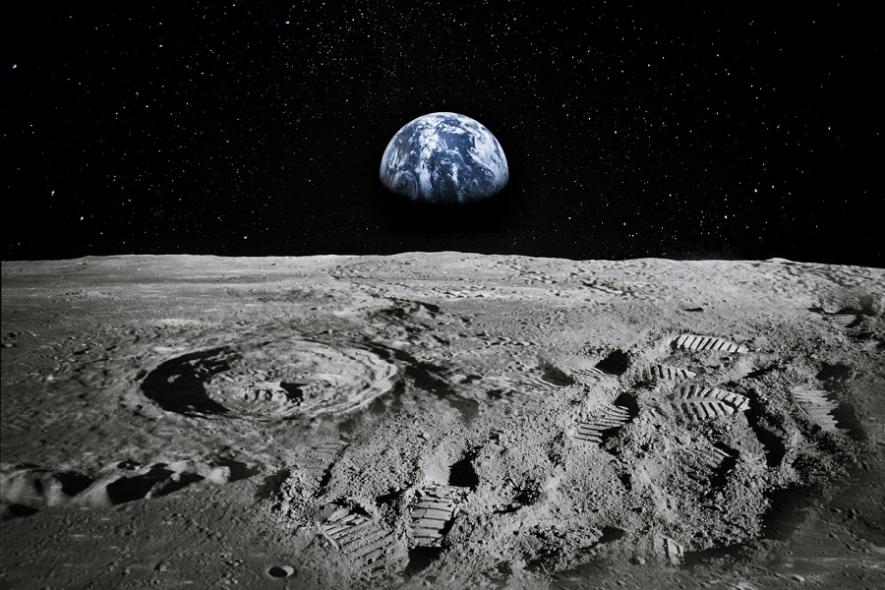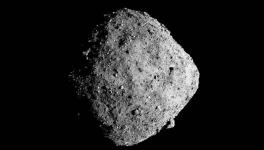Moon Rocks Brought to Earth by Chinese Mission Shed New Light on Solar System History

Representational Image. Image Courtesy: Tribune India
A Chinese moon mission, named Chang'e 5, undertaken by the CNSA (Chinese National Space Administration) successfully collected rock and dust samples from the surface of the moon in December last year. The Chinese lunar mission sent a robotic spacecraft to the moon, which collected over a kilogram of rocks from the region known as the Oceanus Procellarum. Since then, scientists have been experimenting on the lunar samples to understand the rocks and the secrets of the solar system hidden in them.
Recently, scientists have reported their findings of the rock samples collected from the lunar surface in Science. These findings are now believed to have filled the knowledge gaps about some essential aspects of the moon surface. The research was led by a team based in Beijing.
The rock samples are a billion years younger than the material collected by moon missions of the USA and Soviet Russia. China’s moon endeavour is the first of its kind in over forty years. Previously, the Apollo mission, led by NASA (National Aeronautics and Space Administration), and mission Luna were two such moon missions undertaken by the USA and Russia.
The rock samples brought back to Earth by Chang'e 5 have been dated to about 2 billion years old. Brad Joliff, a co-author of the paper published in Science and a planetary scientist at Washington University, said in a statement, “It is the perfect sample to close a 2-billion-year gap.”
The gap, as claimed, stretches to about 3 billion years, which was the age of the samples returned by Apollo. Some of the craters on the surface of the moon formed about one billion years ago.
In their efforts to unveil the history of 4.5 billion years of the solar system, scientists have combined those samples to find the relative ages of the craters. "Planetary scientists know that the more craters on a surface, the older it is; the fewer craters, the younger the surface. That's a nice relative determination. But to put absolute age dates on that, one has to have samples from those surfaces," commented Prof. Joliff.
With this approach, scientists have been able to assess the age of the Apollo samples and calculate how many craters may be present and then use that approximation for other surfaces from other planets.
However, the primary problem in the crater dating timeline has been the absence of any lunar samples from between 3 to 1 billion years ago. Within this gap, scientists could not even put approximate ages to surfaces.
Chang'e 5 has filled in this gap remarkably, even with its two tiny rock samples collected from the Oceanus Procellarum area of the lunar surface.
Joliff, further commenting about the findings on the Chang'e 5 samples, said, "In this study, we got a very precise age right around 2 billion years, plus or minus 50 million years. It's a phenomenal result. In terms of planetary time, that's a very precise determination."
The other important factor that the Chinese mission's samples have brought into the planetary research is that the samples are the basalt rock types, which form due to volcanic eruptions. Before this, scientists knew about the flowing of lava on the moon. The lava flowing on the moon happened till 3 billion years ago.
Scientists also expect to find younger basalts in the Oceanus Procellarum region as the crust of the lunar surface is thin and relatively rich in elements producing heat.
Get the latest reports & analysis with people's perspective on Protests, movements & deep analytical videos, discussions of the current affairs in your Telegram app. Subscribe to NewsClick's Telegram channel & get Real-Time updates on stories, as they get published on our website.






















